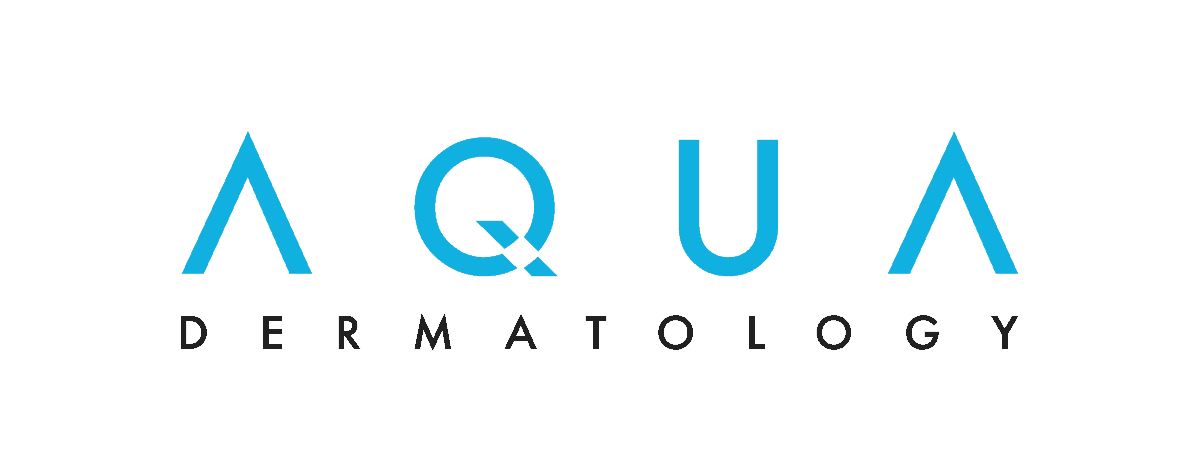Toenail
Fungus
Call (877) 900-3223
Toenail Fungus
What Is Toenail Fungus?
What Causes Toenail Fungus?
Who Gets Toenail Fungus?
Types of Toenail Fungus
What Does Toenail Fungus Look Like?
Other Signs of Toenail Fungus
Toenail Fungus Treatment
Toenail Fungus Prevention
What Is Toenail Fungus?
Toenail fungus is a common fungal infection of the toenail. The medical term for fungal nail infection is onychomycosis.
It typically starts as a discolored spot on a toenail and can spread to the entire nail, causing it to turn yellowish or brownish, thicken, crack or detach from the nail bed. Eventually, toenail fungus can spread to other toenails.
What Causes Toenail Fungus?
Toenail fungus is caused by fungus entering the nail through a small crack in the nail or surrounding skin. Most toenail infections are caused by dermatophytes. These fungi require keratin, a protein found in nails, hair and skin, in order to grow. Like all fungi, dermatophytes thrive in warm, moist environments.
Who Gets Toenail Fungus?
Anyone can develop toenail fungus, but it’s more common in older adults. That’s because nails tend to get more brittle and cracked with age. Other risk factors for toenail fungus are:
- Diabetes
- A history of athlete’s foot
- Psoriasis
- Reduced blood circulation to the feet
- A weakened immune system
- Trauma to the toes
- Walking barefoot near communal swimming pools and in gyms and locker rooms
- Damp or sweaty feet
- Living in a hot, humid climate
- Wearing tight, closed-toe shoes
Types of Toenail Fungus
The major types of toenail fungus are:
- Distal subungual onychomycosis. This is the most common type of toenail fungus and starts underneath the outer edge of the nail bed. The nail may thicken, discolor and become jagged. In some cases, it may detach from the nail bed.
- Superficial onychomycosis. This starts with small white patches on the nail. As the patches get bigger, the nail can start to flake or crumble.
- Proximal subungual onychomycosis. Less common, this infection tends to occur in people with a weakened immune system. At first, whitish or yellowish spots appear near the cuticle. The spots spread as the toenail grows.
- Candida onychomycosis. This yeast infection (yeast is a type of fungus) can occur after an injury or another infection. It can cause discoloration and swelling of the nail and surrounding skin. It can become painful, and the nail may eventually lift or fall off.
What Does Toenail Fungus Look Like?
Some of the signs of toenail fungus are:
- White, yellow, brown or black patches
- Darkening underneath the nail
- Thickening of the nail
- Curving or other distortion of the nail shape
- Cracks, breaks, flaking or crumbling
- Nail separation from the skin underneath
Other Signs of Toenail Fungus
Other signs and symptoms of toenail fungus may include:
- An unpleasant odor
- Nails that are more brittle or thicker than normal
- Discomfort or pain when wearing closed-toe shoes
- A curved or misshapen nail that cuts into the skin
- Inflammation of the surrounding skin
Toenail Fungus Treatment
Toenail fungus is difficult to treat on your own, and it commonly recurs. That’s why it’s best to see a dermatologist, who can make the diagnosis and recommend the treatment most likely to help.
The first-line treatment for toenail fungus is prescription-strength antifungal medication. Your dermatologist may prescribe one or more antifungals:
- Oral antifungals. Oral antifungal medications help promote healthy new nail growth and are often more effective than topical antifungals. They include fluconazole (Diflucan), itraconazole (Onmel, Sporanox) and terbinafine (Lamisil). These medicines can affect the liver, so you’ll need regular blood tests to check for side effects.
- Topical antifungals. Topicals such as efinaconazole (Jublia) can be applied directly to infected nails after soaking. Ciclopirox (Penlac) is a special antifungal nail polish that you apply daily to the nail and surrounding skin. You’ll need to remove the layers of polish with alcohol every seven days, then repeat.
To knock out the infection, you may need to use these medications for several months to a year. Speak with your doctor about the potential benefits and side effects of each.
If antifungals don’t work, other options include:
- Laser treatment. A laser beam is directed at the infected toenail. Pulses of energy penetrate the nail to destroy the fungus. It’s a quick procedure that can take place in your doctor’s office. The number of sessions you need depends on thickness of the toenail and the extent of the infection.
- Surgery. Your doctor can remove part of the nail (debridement) or the entire nail (avulsion) to allow the nail to grow back in a healthier state. Surgery may be followed by use of a topical or oral antifungal as the nail grows back.
Toenail Fungus Prevention
It’s important to keep your feet and toenails clean and dry. If you do have an infected nail, wash your hands after touching it.
Here are some other tips to help prevent nail fungus:
- Moisturize the skin around your nails after bathing.
- Keep your toenails short, but be careful not to nick the skin when you cut them. It’s easier to cut toenails after a bath or shower, when they’re soft. Cut straight across, and use a file to smooth the edges.
- Disinfect nail clippers and manicure scissors after each use. Don’t share manicure tools.
- Choose socks made of cotton or other natural fibers. Change them every day and after your feet sweat or get wet.
- Wear shoes that aren’t too tight and are made of breathable materials.
- Disinfect or discard old shoes, especially after you’ve had an infection of the toenail or foot.
- Sprinkle an antifungal powder in your shoes to discourage fungus from growing there.
- Avoid going barefoot in public spaces. Wear flip-flops or shower sandals around pools and in locker rooms.
- When visiting a nail salon, make sure that manicure tools are sterilized after each customer.
- Whenever you can, kick off your shoes and socks and let your feet breathe.





